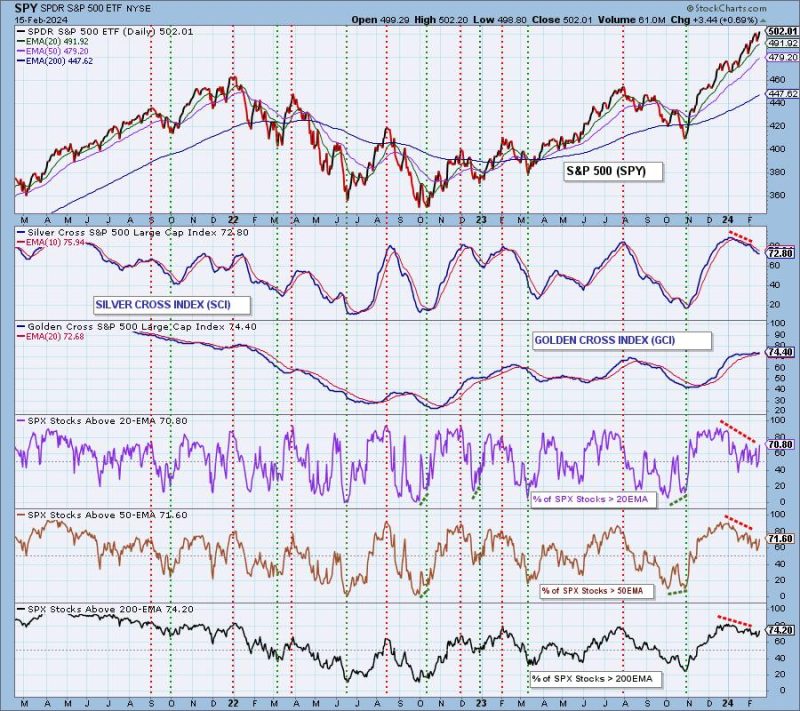As we delve deep into complex financial market trends, it is noted that BUY signals continue to diminish in recent times. This is an intriguing phenomenon, considering the economic activities that have unfolded in recent years. Significantly, buy signals refer to indicators that investors or traders use in predicting the right time to purchase specific shares or assets. Typically, these signals would be plentiful in a bull market where economic growth and prosperity are enjoyed by all. The recent scarcity, therefore, presents a peculiar situation that necessitates critical analysis.
In the first instance, the primary reason responsible for this waning trend is the stabilizing global economy. The flurry of BUY signals is often observed during times of a robustly growing economy, triggered by positive financial indicators such as rising GDP, low inflation, and encouraging employment figures. However, as the global economy continues to stabilize following a series of economic downturns, including the COVID-19 pandemic, the generation of such signals has markedly reduced.
These fluctuations have ushered in a new realm of cautious investing, which inherently reduces the number of buy signals. Market participants have become more conscious about long-term investment prospects instead of short-term speculative gains, ultimately leading to a decrease in these signals. Consequently, more emphasis is now placed on comprehensive and well-researched strategies as opposed to impulsive buying decisions, substituting the power of analysis over mere signals in investment decisions.
Furthermore, market volatility also plays a significant role in diminishing buy signals. High market volatility tends to temper the enthusiasm of investors, causing them to hesitate before making sizable investments. Increased geopolitical tensions, trade wars, and socio-economic issues have made the market considerably more volatile, creating an uncertain environment that has reduced the emergence of buy signals.
Moreover, changes in the financial market sentiments also contribute to the dwindling buy signals. Market sentiments are intrinsically linked with these signals. Positive market sentiment frequently yields more buy signals, since investors are more confident about market outlook, vying to buy into the market. However, the recent times have seen a downward trend in such sentiments. The reasons for this bearishness are multiple, including premature interest rate hikes, oil price instability, and potential economic crises in several developing markets.
Lastly, the wider adoption of risk management strategies, the expansion of different investment techniques like passive investing and hybrid models, and the increasing focus on sustainability and ESG investments have changed the investing landscape. All these factors have made buy signals less relevant, as investors now often opt for comprehensive, long-term strategies that emphasize risk-management and sustainability rather than just focusing on short-term profitability.
In summary, it is evident that the trend of diminishing buy signals is influenced by a myriad of factors, including the stabilizing world economy, market volatility, changes in market sentiments, and shifting investment techniques. While buy signals may not hold as much attraction as they did in the past, they still play a vital role in supporting investors’ decision-making processes. As market dynamics continue to shift, the discerning investor will need to adjust their strategies, utilizing a blend of traditional signals and modern market analyses for profitable investments.




